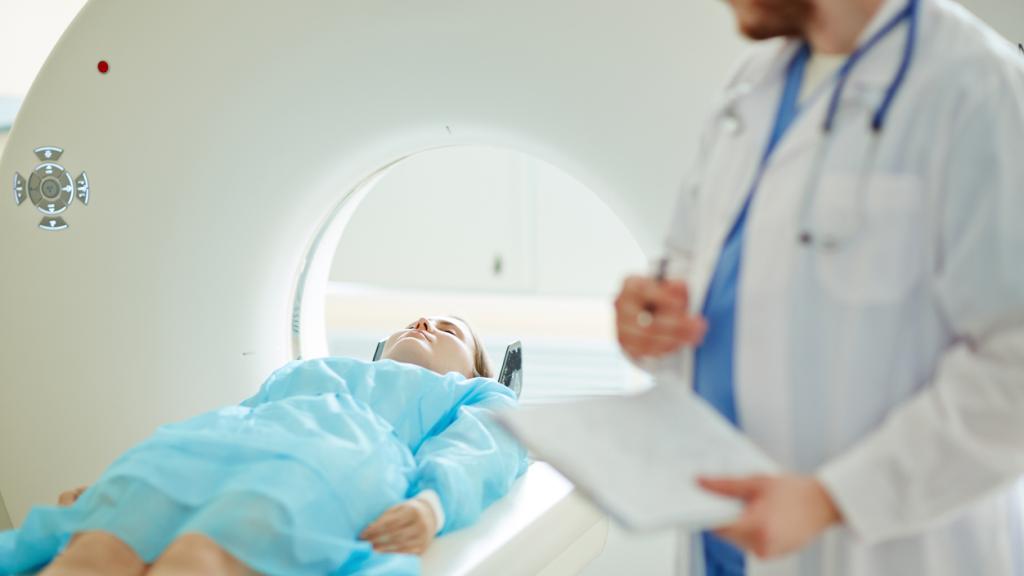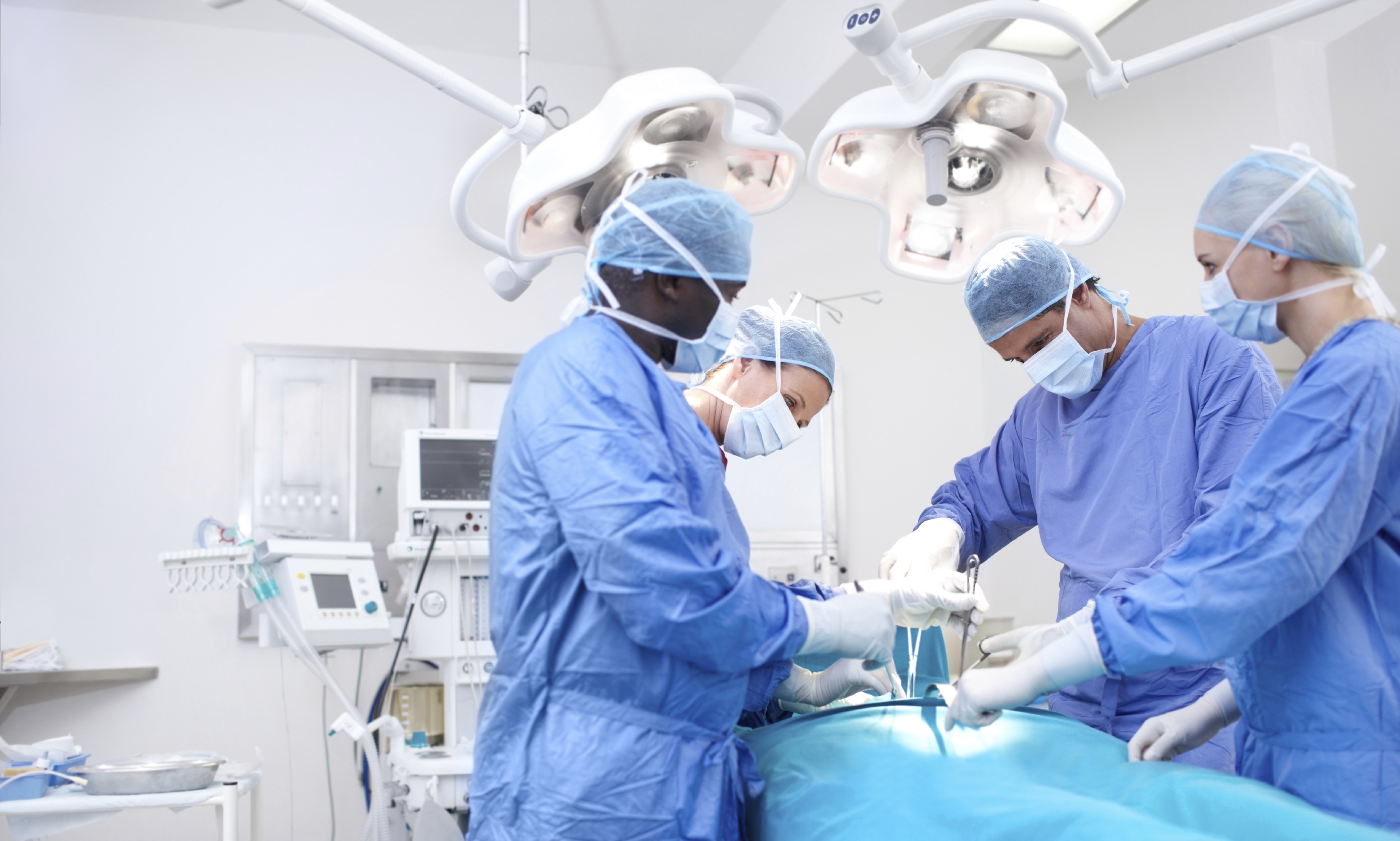Symptoms and diagnosis of sarcoma

On this page:
Symptoms can vary a lot depending on the type of sarcoma and the following are general guidelines only. Always get any unusual lumps or other changes checked by your GP..
Symptoms of soft tissue sarcomas
It's important to get any unusual lumps checked by a doctor. A lump is more likely to be a soft tissue sarcoma if it is:
- Big, for example, more than 4-5cm across (the size of a golf ball) and especially if it is getting bigger.
- Deep in the body tissues, underneath the skin
- Not painful when you touch it, but pain may be a symptom as the lump gets bigger
It is possible to have other symptoms, depending on where the sarcoma is in the body.
Symptoms of bone sarcomas
- Pain around a bone
- A hard lump
- A lump that is growing in size
How are sarcomas diagnosed?
Your family doctor (GP) will talk to you about your symptoms. Your GP will refer you to hospital if they think you need more tests.
Non-cancerous (benign) lumps are very common but can look similar to a sarcoma. For this reason, you may have to see several doctors and have several tests to get a diagnosis.
Apart from X-rays and blood tests, other tests you might have include:
MRI scan: A scan that uses magnetic energy to build up a picture of the tissues inside your body. During the scan you will lie inside a tunnel-like machine.
CT scan: A type of X-ray that gives a detailed picture of the tissues inside your body.
Ultrasound scan: A device like a microphone passed over your body to give a picture of the tissues inside. It can show any abnormal changes.
PET scan: A radioactive injection that will show up any cancer spread to other parts of your body on a CT scan picture.
Biopsy: Your doctor will take a sample of the tissues from the lump and have it looked at by an expert (pathologist).
Core needle biopsy: A needle is placed in the lump to take a sample of cells. The needle used in a core biopsy is slightly larger than those used in a fine needle aspiration. You will first be given a local anaesthetic so that you cannot feel any pain. If the lump is deep, your doctor will use an ultrasound scan or CT scan to see where the needle is going and guide it into the right place. Children usually have a general anaesthetic.
Surgical biopsy: A piece of the lump or the whole lump is removed through a cut (incision) in your skin. Removing the whole lump is called excision biopsy. You will have a local anaesthetic or a general anaesthetic, depending on where the lump is and how big it is.
For more information
Phone
1800 200 700



